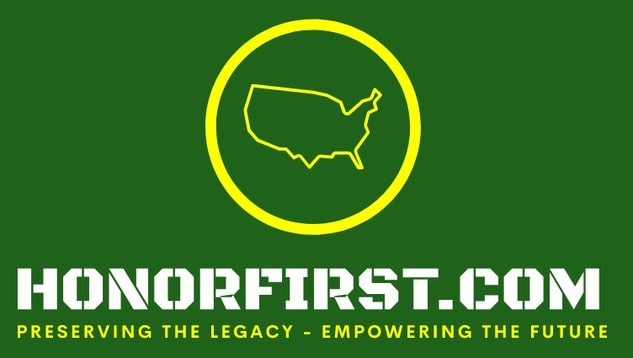February 26 - March 4IntroGood morning! Welcome to another This Week in USBP History! The U.S. Border Patrol's Values (Part 2) In last week's blog we started exploring the Patrol's values. We focused on the USBP motto, Honor First, and its origins. The blog's intro finished with a recommendation: the Patrol would benefit by defining Honor First and providing concrete guidance to the foundational "watchword" of the organization. This, in turn, would inevitably help to improve organizational culture and solidify USBP values. But what if I were to tell you that in 2018, the Patrol codified its values? They did! There are policy documents that clearly define the Patrol's values, including: An organization's values are codified in its awards system. The U.S. Border Patrol's Honorary Awards demonstrate the values that the Patrol holds in high regard, including administrative accomplishments, acts of heroism and valor, law enforcement actions, and lifesaving actions. The Patrol has developed a series of tables to assist in identifying the proper award for which an employee should be nominated and presented. These tables are a clear and concise codification of the Patrol's values. When you read the tables, think of them from the perspective that they are the Patrol's values codified. So you know, a "non-traditional award" is anything that can be bought for less than $100 that is give as an award. These items can be something purchased from the local trophy shop, pocket knives, etc... TABLE #1 - ADMINISTRATIVE DUTIES AWARD GUIDANCE Table #1 assists in identifying the appropriate award for employees based on their administrative accomplishments. The table evaluates the value of the achievement and identifies the award to which the employee should be nominated. For example, an employee who creates a substantial change to a program that impacts a sector should be nominated for a USBP Achievement Award. TABLE #2 - HEROIC AND VALOROUS ACT AWARD GUIDANCE Table #2 assists in identifying the appropriate award for employees who faced danger while in the scope of duty. The nominator determines the level of danger faced and evaluates the employee's performance during the action. For example, an employee who faced great danger while performing beyond the call of duty should be nominated for a USBP Commendation Award with a "V" Device. Lifesaving actions that do not involve danger to the employee are recognized under Table #4 and are not considered acts of heroism or valor. TABLE #3 - LAW ENFORCEMENT ACTION AWARD GUIDANCE Table #3 was developed to provide a means to recognized employees for performing their primary function. Recognitions under this table should be presented in greater numbers than any of the other tables. In utilizing this table, the nominator would determine the intersection of the employee's actions. For example, and employee making an "exceptional" "misdemeanor" arrest/seizure should be nominated for the USBP Achievement Award. TABLE #4 - LIFESAVING ACTION AWARD GUIDANCE An employee’s performance during a lifesavings act is the primary measure to identify the proper award. Lifesaving actions under this table do not involve danger to the employee. If danger is present, then the action should be considered heroic/valorous and Table #2 used to evaluate the appropriate recognition. But it's not enough for an organization to have an awards system. Employees must actually receive recognition for upholding those stated values. The old saying holds true: "Actions and inactions speak louder than words." A person (and an organization) can be judged more accurately through their deeds than by their words. The USBP Honorary Awards were designed to displace non-traditional awards (such as cash, time-off, pocket knives, etc.) as recognition items for lesser yet worthy achievements, service, and heroism. Further, the intent for the USBP Achievement Award was for the decoration to be given generously, to be presented to approximately 10% of the workforce per year, with the most common reason being for law enforcement actions. If it's happening, I just don't see it... In September 2022, I wrote about meeting Chief of the Border Patrol Raul Ortiz in his office and speaking about his decision to reconsider award nominations that he had previously disapproved for the worthy past actions of 370 employees (This Week in USBP History, Vol. 52). I hadn't heard about any of those nominations being considered or being presented, and had been contemplating reaching out to Chief Ortiz about it. Well, last weekend I was in my local grocery store and ran into an off-duty active agent. During the course of our conversation, that agent told me that he was a member of the HQ awards panel and that they had been going through the list of the worthy actions of those 370 employees at a rate of 30-40 per month. Actions speak louder than words. That is an example of the workforce being valued. As someone who speaks to agents of all ranks throughout the nation, follows all of the sectors on social media, and is always on the watch for anything that would impact the Patrol's organizational pride and employee morale, I can say that I neither hear nor see very many employees being recognized for their good deeds, nor do I see very many employees wearing their USBP Honorary Awards. There is great room for improvement. Here at HonorFirst.com we have several pages devoted to employees who have been recognized for upholding the Patrol's values, Upholding Honor First. Explore them, I think you'll find them very interesting. Also, if you have an award that you received for your USBP work, send it my way so I can post it! Email it to [email protected]. Now, I would be remiss if I failed to mention that USBP Honorary Awards are for all USBP employees, not just agents. Many of the Patrol's professional staff have been recipients of the awards, receiving identical award sets and certificate as their agent coworkers. The photograph below was taken at USBP HQ in Washington D.C. and is of a display of the USBP Honorary Award medal sets, certificates and the Newton-Azrak Award statuette. Each of the metal sets includes a lapel device that was designed so that non-uniformed, professional staff would have the option of displaying their recognition on their clothing should they choose. As the intern wear guidance was being drafted for agents to be able to display their awards in uniform, the proposal was submitted and approved to authorize the lapel device for wear on the rough duty uniform (Class C). That would allow agents to display a recognition item on their uniform and provided a shared insignia between the uniformed and non-uniformed workforce. This is a HUGE week in USBP history! We start with a 1907 complaint written to President Teddy Roosevelt against Jeff Milton. We have the passage of the Immigration Act of 1925 that finally gave Border Patrol Inspectors legal authority to do their jobs. In 1926, we have a District Director that wanted Border Patrol Inspectors to conceal their firearms while in uniform! We have the famed and must read Forty Suggestions from 1928, and the renaming of U.S. Customs Service to Customs and Border Protection in 2003, and more! We remember the heroism of two Newton-Azrak Award recipients on the anniversaries of their actions. And we remember two of our fallen on the anniversaries of their deaths. Enjoy and have a great week! Cliff PS -
ESPRIT DE CORPSThe workplace climate resulting from a combination of organizational pride and employee morale.
Esprit de corps is reinforced through the shared goals, mission and values of the organization and its employees. The definition turns Esprit de Corps into a simple formula and defines parts that comprise organizational pride and employee morale. Esprit de Corps = Organizational Pride + Employee Morale Esprit de Corps is the key to a healthy organization and engaged employees. Honor First is foundational to the Border Patrol's organizational pride and integral to its Esprit de Corps. DOCUMENTS AND EVENTS1907
1925
1926
1928
1937
1955
1957
1973
2003
NEWTON-AZRAK AWARD ACTION ANNIVERSARIESFollow this link to see examples of USBP employees Upholding Honor First.
1984 David Gutierrez Border Patrol Agent Tucson Sector Border Patrol Agent David Gutierrez was recognized for his courage and heroism in saving an individual from a flaming auto crash on March 1, 1984. The crash vehicle was engulfed in flames when BPA Gutierrez, without concern for his own life, pulled the driver from the car to safety. Although the crash victim received second and third degree burns over 65 percent of his body, his life was saved thanks to Gutierrez’s quick action. 1999 Michael F. McCarson Supervisory Border Patrol Agent Del Rio Sector On March 1, 1999, in the early morning hours, agents working the Comstock checkpoint witnessed a vehicle crash through a fence and go out of control after hitting a deer on the highway, causing the vehicle to overturn and burst into flames. Supervisory Border Patrol Agent Michael F. McCarson, upon witnessing the crash, immediately recognized the severity of the situation and acted with total disregard for his personal safety by fighting the flames and pulling the injured driver from the burning vehicle before it was totally overcome with fire. Simultaneous with these life-saving actions, SBPA McCarson directed on-scene agents in rendering assistance while ensuring their safety at all times, coordinated an emergency response with local officers and emergency personnel, as well as performed first-aid treatment to the injured driver. SBPA McCarson’s immediate and skillful emergency actions not only prevented a tragedy from escalating to a casualty, but clearly demonstrated his training and experience as a Border Patrol Agent and his dedication to his work. 2012 Manuel E. Barreda Supervisory Border Patrol Agent Rio Grande Valley Sector, Fort Brown Station On the night of February 27, 2012, Agent Barreda witnessed a group of individuals attempting to cross the treacherous waters of the Brownsville Navigation Ship Channel, a 44-foot-deep and several hundred foot-wide waterway designed for large vessels. Agent Barreda observed that one of the individuals, later identified as Angel Celestino-Alvarado, was struggling to swim and keep his head above water. Agent Barreda quickly evaluated the situation and notified the U.S. Coast Guard. He realized, however, that because of the frigid temperature of the water, the Coast Guard might not reach the victim before he succumbed to hypothermia or exhaustion. Agent Barreda jumped into the channel and swam 120 feet toward the drowning man, who advised Agent Barreda that he could no longer feel his legs or arms. Agent Barreda quickly secured the individual in his grasp and towed him toward the shore. As Agent Barreda swam back to the bank of the channel in the dark with the victim in tow, he began to suffer effects from the cold water. Border Patrol Agent Jacob Gamboa, who had been nearby and was coordinating the rescue effort from the shoreline and monitoring Agent Barreda, entered the freezing water without hesitation and assisted Agent Barreda and the victim safely back to the bank of the Brownsville Navigation Ship Channel. Agent Barreda’s heroic choice to voluntarily enter the water, coupled with Agent Gamboa’s assistance, led to the victim’s successful rescue when otherwise, he most certainly would have drowned. U.S. BORDER PATROL FALLEN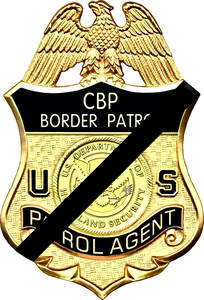 U.S. Border Patrol Badge with a Mourning Band U.S. Border Patrol Badge with a Mourning Band As of December 7, 2022, the U.S. Border Patrol has suffered 153* fallen. Titles:
The names that appear below hold a place of honor. They have made the ultimate sacrifice in an effort to fulfill the oath each officer took to protect and defend the United States of America. The facts regarding each officer are presented without major editing of the "language of the day" found in the reports detailing the circumstances of each event. This is done to provide the reader an association with historical timeframes. Employees who died in the line of duty due to being exposed to deadly illnesses will not have the cause of death listed. I will note that Border Patrol Agent John Charles Gigax is not recognized as officially fallen by Customs and Border Protection or the U.S. Border Patrol. The Border Patrol Foundation and the Border Patrol Museum also fail to recognize him. He is remembered by all except organizations containing "Border Patrol" in their title. He is remembered by the:
The U.S. Border Patrol, the Border Patrol Foundation, and the Border Patrol Museum should fix their oversight. HonorFirst.com remembers and lists Agent Gigax among the fallen. 1942
Ralph W. Ramsey Date of Birth: February 22, 1915 Entered on Duty: May 29, 1941 Title: Patrol Inspector End of Watch: February 26, 1942 Details: Patrol Inspector Ralph W. Ramsey was killed on February 26, 1942, in Columbus, New Mexico, while attempting to board a freight train in search of aliens illegally in the United States. Patrol Inspector Harry E. Lennon, in charge of the two-man unit stationed in Columbus, was working with Inspector Ramsey at the time of the accident and related the following concerning the events at the time of the accident. The officers, while patrolling to the east of Columbus, observed an open boxcar on a regular westbound freight heading towards Columbus. The officers returned to Columbus, checked an eastbound freight train at a siding, and awaited the incoming westbound train. Inspector Ramsey took up a position between the siding and the main line while Inspector Lennon stood opposite him across the main line tracks. It was customary that the train crew halt the westbound freight at a water tower. The officers had stationed themselves in the vicinity of the open boxcar they had observed. On this occasion; however, the train did not stop, proceeding on in order to clear the main track for the train on the siding. Apparently, Inspector Ramsey attempted to board the train when the open boxcar passed him. The first indication Inspector Lennon had that an accident had occurred was when he noticed an object beneath the moving train and realized it was his partner's body. As soon as the train passed, Inspector Lennon rushed to Inspector Ramsey. Death occurred within seconds after he reached his side. Gravesite 2001 Daniel M. James, Jr. Date of Birth: April 17, 1970 Entered on Duty: September 21, 1998 Title: Border Patrol Agent End of Watch: March 2, 2001 Details: On Monday, January 29, 2001, Border Patrol Agent Daniel M. James, Jr. and his partner were turning their Service vehicle around at the junction of Highways 716 and 429 to pursue three vehicles reported to be carrying illegal aliens. They hit a dip in the road, which caused the vehicle to overturn several times. Agent James was thrown from the vehicle and pinned against a fence. He was taken to Christus Spohn Memorial Hospital in Corpus Christi, Texas. He passed away on Friday, March 2, 2001, because of injuries sustained in the accident. Agent James was a native of Canton, Ohio. He served in the U.S. Marines from March 1988 to June 1996. He was a graduate of the 389th session of the Border Patrol Academy in Glynco, Georgia. At the time of his death, his official station was Freer, Texas. Cremated, Ashes scattered
Comments
February 19 - February 25Intro Border Patrol Agent John Leslie's Newton-Azrak Award Statuette Border Patrol Agent John Leslie's Newton-Azrak Award Statuette Good morning! Welcome to another This Week in USBP History! The U.S. Border Patrol's Values (Part 1) What are the Patrol's values? Do you know? I guess the first thing that comes to mind is the Patrol's motto, Honor First. But what does that mean? Where is it defined? In the collection of What's Important Now (W.I.N.) videos produced by the Academy, it was a common question to ask the interviewee, with each person giving a different answer (see all of the W.I.N. videos here). Certainly, the Patrol's values cannot be based upon the foundation of an undefined term, right? If every employee is free to define Honor First as they wish, inevitably troubling inconsistencies will emerge. From my experience, those inconsistencies are manifested through individual and organizational self-interest and/or complacency. Some examples that I've personally witnessed are:
Remember the question, "What are the Patrol's values?" Does the Patrol value Honor First as just a phrase or as a cultural value? HonorFirst has a page to define Honor First. Below is that definition: Honor First is the United States Border Patrol's motto and is an important part of its tradition and culture. It reflects upon the value of integrity that is shared by the organization and its members. Synonyms for integrity; honesty, good character, principle, ethics, morals, righteousness, virtue, decency, fairness, sincerity, truthfulness, trustworthiness - added together equal honor. Honor First, both organizationally and individually, can be simply described as having integrity while constraining behaviors and actions to the boundaries defined by laws, regulations, directives, policies and rules, even when difficult to do so. Organizations and individuals that embody Honor First may inadvertently bump against those boundaries and will immediately self-correct. Organizations and individuals that do not embody Honor First, that have questionable integrity, will push against those boundaries without self-correcting. Admittedly, the definition is heavy on compliance to higher levels of authority, which I tent to completely support. Of course, let me say that 100% agreement may be a rarity and that disagreements must be remedied through the appropriate channels. So, I would present that the Patrol would benefit by defining Honor First and providing concrete guidance to the foundational "watchword" of the organization. Such a definition would inevitably help to improve organizational culture and solidify USBP values. What is the origin of "Honor First? Based on an Immigration Service index reference from 1929, coupled with the 1927 Commissioner General's report to the Secretary of the Department of Labor, it is believed that the motto originated in the El Paso District (which encompasses modern day Tucson, El Paso and Big Bend Sectors) sometime in 1926. The excerpt from the 1927 Commissioner General's report is the earliest use of "Honor First" that has been found. The report covers July 1926 - June 1927 (FY27). The border patrol is a young man's organization; it appeals strongly to the lover of the big outdoors—the primeval forests, the sunparched deserts, the mountains, and the plains; the business upon which it is engaged calls for manhood, stamina, versatility, and resourcefulness in the highest degree. "Honor first" is its watchword; privations and danger but serve as a challenge which none refuses. Unfailing courtesy to all, and helpfulness to the helpless in distress, are emphasized above every other requisite. These young men are proud of their jobs—proud of their organization—with a code of ethics unsurpassed by any similar organization of this or any other day. In the three short years of its existence it has created a priceless store of traditions. The pride of these men in their organization is equaled only by the pride and esteem in which they are held by the communities in which they operate. Spontaneous testimonials of this esteem are being constantly received by the bureau. To an almost unbelievable extent the border patrol is self-governing. Its members must be left largely to their own devices and upon their honor. The weight of popular disapproval of his fellow officers is more potent with the erring one than all the printed regulations humanly possible to devise. The uniform is sacred; it not only symbolizes authority, the law's majesty and all the power of the Federal Government, but it entails obligations upon the wearer in the way of deportment which are intuitively recognized and scrupulously observed. In an El Paso District Selection Letter from 1930 that was given to newly hired Border Patrol Inspectors, Honor First was given as an organizational value and as its watch-word. Those new hires were instructed to "RESIGN NOW" if they could not live up to the concept. The Border Patrol trademarked the phrase "Honor First" on August 17, 2010 and renewed the trademark October 7, 2019. This week we start in 1904, when Jeff Milton was recommended for the position of a Chinese Inspector. In 1930, SPI Cone killed Pedro Rodriguez, which resulted in the recommendation to replace Colt revolvers with .45 caliber automatic pistols. Lastly, in 1993, a bill was proposed to separate the U.S. Border Patrol from the INS and make it a separate agency under the Department of Justice. Plus more! We celebrate the heroism of 1992 Newton-Azrak Award recipient Senior Patrol Agent Jesse Collins. We remember Border Patrol Agent John R. McCravey on the anniversary of his death. Enjoy and have a great week! Cliff PS -
ESPRIT DE CORPSThe workplace climate resulting from a combination of organizational pride and employee morale.
Esprit de corps is reinforced through the shared goals, mission and values of the organization and its employees. The definition turns Esprit de Corps into a simple formula and defines parts that comprise organizational pride and employee morale. Esprit de Corps = Organizational Pride + Employee Morale Esprit de Corps is the key to a healthy organization and engaged employees. Honor First is foundational to the Border Patrol's organizational pride and integral to its Esprit de Corps. DOCUMENTS AND EVENTS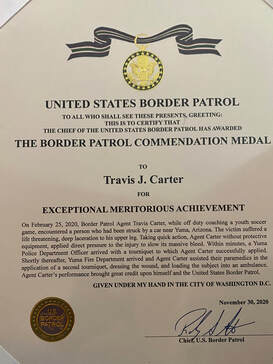 USBP Commendation Medal Certificate for Travis Carter USBP Commendation Medal Certificate for Travis Carter 1904
1928
1930
1932
1956
1993
2020
NEWTON-AZRAK AWARD ACTION ANNIVERSARIESFollow this link to see examples of USBP employees Upholding Honor First.
1992 Jesse Collins Senior Patrol Agent Marfa Sector On February 20, 1992, Senior Patrol Agent Jesse Collins voluntarily risked his own life and exhibited extraordinary courage rescuing a 15-year-old girl. The girl was speeding in a car when she lost control and the car plunged into a small, deep lake, with a water temperature of 35 degrees. When Agent Collins arrived, one Texas Department of Public Safety officer who had entered the water was struggling and having difficulty staying afloat. Agent Collins went into the lake and assisted the DPS officer to shore. He then went back into the lake and rescued the young girl from the sinking vehicle. In frigid waters, Agent Collins moved behind the helpless girl and pushed her toward the bank. After a number of pushes, each one resulting in Agent Collins going under water, they neared shallow water and a Texas police officer helped bring the girl out of the water. U.S. BORDER PATROL FALLEN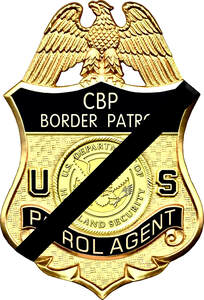 U.S. Border Patrol Badge with a Mourning Band U.S. Border Patrol Badge with a Mourning Band As of December 7, 2022, the U.S. Border Patrol has suffered 153* fallen. Titles:
The names that appear below hold a place of honor. They have made the ultimate sacrifice in an effort to fulfill the oath each officer took to protect and defend the United States of America. The facts regarding each officer are presented without major editing of the "language of the day" found in the reports detailing the circumstances of each event. This is done to provide the reader an association with historical timeframes. Employees who died in the line of duty due to being exposed to deadly illnesses will not have the cause of death listed. I will note that Border Patrol Agent John Charles Gigax is not recognized as officially fallen by Customs and Border Protection or the U.S. Border Patrol. The Border Patrol Foundation and the Border Patrol Museum also fail to recognize him. He is remembered by all except organizations containing "Border Patrol" in their title. He is remembered by the:
The U.S. Border Patrol, the Border Patrol Foundation, and the Border Patrol Museum should fix their oversight. HonorFirst.com remembers and lists Agent Gigax among the fallen. 1987
John R. McCravey Date of Birth: September 10, 1950 Entered on Duty: September 9, 1985 Title: Border Patrol Agent End of Watch: February 23, 1987 Details: On February 20, 1987, Agent John R. McCravey was sign cutting near Highway 98, east of Calexico, California. He joined a vehicle pursuit that involved an automobile suspected of transporting a group of smuggled aliens. The driver of the fleeing vehicle turned south on a dirt road leading back to the All American Canal, which serves as a boundary between Mexico and the United States. The billowing dust cloud made by the fleeing vehicle prevented Agent McCravey from clearly seeing the road. The reduced visibility may have contributed by diminishing his perception and reaction time, which affected his ability to react to a change in roadway grade and a turn in the road. Agent McCravey lost control of his vehicle, which overturned and rolled into the All American Canal, where it became submerged upside down. Fellow officers and farm workers successfully removed Agent McCravey and the three illegal aliens he had arrested prior to getting involved in the pursuit from the vehicle. He died three days later in a San Diego, California hospital. Gravesite February 12 - February 18IntroGood morning! Welcome to another This Week in USBP History! You may not know but, I attempt to contact each living Newton-Azrak Award recipient on the anniversary of their act of bravery to let them know they are remembered. About two weeks before their anniversary, I review the information that I have on the action. If my records have no documents or photographs, or if I think the description of the action needs more detail, I will attempt to contact them before their anniversary to get the additional information. It was my privilege to contact Michael Deshaies, whose Newton-Azrak Award action anniversary is this week. He provided me with documents, photos and articles about his action that I am happy to share with you. He and this week's other highlighted Newton-Azrak Award recipients, Carlos Lara and Joaquin Chavez will forevermore be part of USBP history! Changing the subject, if you haven't heard, rumors are swirling that Chief of the Border Patrol Raul Ortiz may be retiring in the near future. He just celebrated his 57th birthday and without an age waiver, will retire at the end of the month. Now, I must emphasize that no official statement has been made. I do not possess exclusive information and this is purely just a rumor at this point. Even while drafting this blog, I have received conflicting information. One person says Chief Ortiz will retire at the end of the month. Another person says that he received a waiver to stay Chief until the end of March. Nevertheless, I believe that people holding high positions should keep their workforce informed, not guessing or in limbo as to what the near future will bring. Even though an individual's date of retirement is somewhat personal, that measure of privacy should be lost the higher a person ascends within an organization. Moving along, I think it's interesting to attempt to predict who will be selected to be the next Chief of the Border Patrol. Assuming the Patrol's 26th Chief is selected from within, it only makes sense that it would be a person who is a member of the Senior Executive Service (SES) and is a current or a former Border Patrol Agent (occupational series - 1896). Currently, 25 people meet the criteria above as potential candidates to fill the vacancy. They include current Deputy Chief of the Border Patrol Matt Hudak, numerous SES Chief and Deputy Chief Patrol Agents, several folks who have left the 1896 series as non-uniformed SES, and three folks who would need age waivers. Excluding Deputy Chief Patrol Agents, non-1896 personnel, and those currently on age waivers, I think that the top candidates are Matthew Hudak, Gloria Chavez, Jason Owens and John Modlin. Without diving too deep into the reasoning that I believe these four to be the top contenders, I will say this... The next Chief of the Border Patrol will be selected by Acting Commissioner Troy Miller and Secretary Mayorkas. I believe that the aforementioned, have the confidence, respect and trust of the Commissioner and the Secretary. While the selection of the next Chief of the Border Patrol is important, what I think is even more crucial is their leadership approach. As Simon Sinek says, "It's not about being in charge. It's about taking care of those in your charge." As I've said in other blog posts, for over a decade the morale of the USBP workforce has been low. To improve employee morale, retention, and organizational pride, the next Chief of the Border Patrol should focus on the workforce and follow Simon Sinek's principles of leadership. Here are several recommendations to consider:
This week starts with a 1926 memo criticizing Calexico. We have a 1928 memo concerning employees visiting Mexico. We have an El Paso District reorganization chart, an agency-wide badge inventory, the Academy moving from Camp Chigas and more! We celebrate the actions of Michael Deshaies (1993) and Joaquin Chavez (2020) that led to them being recognized with Newton-Azrak Awards. Enjoy and have a great week! Cliff PS -
Esprit de CorpsThe workplace climate resulting from a combination of organizational pride and employee morale.
Esprit de corps is reinforced through the shared goals, mission and values of the organization and its employees. The definition turns Esprit de Corps into a simple formula and defines parts that comprise organizational pride and employee morale. Esprit de Corps = Organizational Pride + Employee Morale Esprit de Corps is the key to a healthy organization and engaged employees. Honor First is foundational to the Border Patrol's organizational pride and integral to its Esprit de Corps. Documents and Events1926
1928
1930
1939
1951
1980
Newton-Azrak Award Action AnniversariesFollow this link to see examples of USBP employees Upholding Honor First.
1993 Michael Deshaies - photo, photo 2, Commissioner's memo, CPA memo, Commissioner's Award List, Newton-Azrak Award List, articles Senior Patrol Agent New Orleans Sector Senior Patrol Agent Michael Deshaies was recognized for his efforts in saving a person from drowning near Pensacola, Florida during a unusual cold spell. On February 18, 1993, Agent Deshaies encountered several people believed to be illegally present in the United States at a construction worksite. As Agent Deshaies approached, several of the suspected illegal aliens fled. Although the air temperature was approximately 18 degrees Fahrenheit, three of the men jumped into a 100' wide canal in an attempt to escape. Two of the fleeing suspects made it to the other side. However, the third man struggled to stay afloat in the cold, muddy water. When the third person disappeared under the water, in an act of unparalleled bravery and heroism, Agent Deshaies exhibited total disregard for his personal safety and dove into the frigid water. Agent Deshaies was able to find the unconscious man under the water and pull him safely to shore. The victim, a fleeing illegal alien, survived solely due to the actions of Agent Deshaies. 2021 Carlos A. Lara - photo Border Patrol Agent El Centro, CA On February 18, 2019, Border Patrol Agent Carlos Lara was assigned to the Calexico Station’s area of responsibility when, beyond the call of duty and facing grave danger he entered the All-American Canal to rescue a man in distress. Before entering the water, several attempts to assist the drowning man were made using a rescue disc. Once it was determined that the rescue disc was ineffective, Agent Lara disregarded the danger of the swift current and entered the frigid and treacherous water. Agent Lara swam to the victim, took control of him and pulled him back to the canal bank and to safety. Agent Lara’s quick and selfless response at the risk of his own life prevented the loss of another life. Agent Lara’s actions brought great credit upon himself and United States Border Patrol. 2022 Joaquin Chavez - photo, award certificate Border Patrol Agent Eagle Pass North Station Eagle Pass, TX Border Patrol Agent Joaquin Chavez is recognized for heroic actions resulting in the rescue of three Haitian nationals from the Rio Grande River on February 12, 2022. Understanding the risks and disregarding his personal safety, Agent Chavez entered the Rio Grande River to rescue three subjects, which included an unresponsive adult male who would have otherwise drowned. The swift actions of Agent Chavez, a product of extensive training and experience, prevented a critical situation from resulting in certain fatal consequences. Agent Chavez's actions reflect great credit upon himself and the United States Border Patrol U.S. Border Patrol Fallen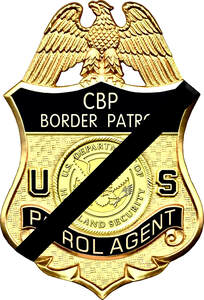 U.S. Border Patrol Badge with a Mourning Band U.S. Border Patrol Badge with a Mourning Band As of December 7, 2022, the U.S. Border Patrol has suffered 153* fallen. Titles:
The names that appear below hold a place of honor. They have made the ultimate sacrifice in an effort to fulfill the oath each officer took to protect and defend the United States of America. The facts regarding each officer are presented without major editing of the "language of the day" found in the reports detailing the circumstances of each event. This is done to provide the reader an association with historical timeframes. Employees who died in the line of duty due to being exposed to deadly illnesses will not have the cause of death listed. I will note that Border Patrol Agent John Charles Gigax is not recognized as officially fallen by Customs and Border Protection or the U.S. Border Patrol. The Border Patrol Foundation and the Border Patrol Museum also fail to recognize him. He is remembered by all except organizations containing "Border Patrol" in their title. He is remembered by the:
The U.S. Border Patrol, the Border Patrol Foundation, and the Border Patrol Museum should fix their oversight. HonorFirst.com remembers and lists Agent Gigax among the fallen. There are no anniversaries for the fallen this week.
February 5 - February 11Intro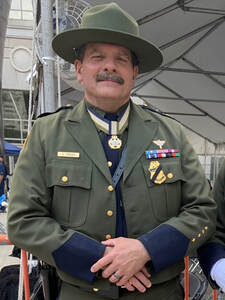 Assistant Chief Eric Gough (1962-2023) Assistant Chief Eric Gough (1962-2023) Good morning! Welcome to another This Week in USBP History! Sadly as we age, death becomes a more frequent visitor to us. Earlier last week, I heard of the passing of retired Assistant Chief Eric Gough. He was only 60 years old, only three years into retirement, and gone far too soon. I've often said, "No matter who you are, you're someone's villain." But Eric was the exception to that statement. I never met a person who did not think well of him. He was universally liked. He was passionate and enthusiastic about his work, and caring and engaging with every person he encountered. It is said that happiness is found by living in the moment. When you spoke to Eric, you could tell that he was in the moment with you, that you had his full attention. Eric had an unusually varied and successful career. As Chief of the Border Patrol Carla Provost wrote in his retirement letter: First off and most importantly, congratulations on your retirement! Id like to express my sincerest gratitude for your dedicated service and selfless dedication and integrity for over two decades as a Border Patrol Agent. Your kindness and welcoming demeanor has not gone unnoticed by your peers and has been a pleasure to all who have worked beside you. You entered on duty with the U.S. Border Patrol (USBP) on December 2, 1996, as a member of Class 326. Your first duty assignment as a Border Patrol Agent was at the Yuma Station, Yuma Sector, where you were soon promoted to Senior Patrol Agent in 2001 before taking the same position a year later in Port Huron, Michigan, Detroit Sector. In 2006, you accepted a Supervisory Border Patrol Agent position at USBP Headquarters before your promotion to Operations Officer in 2007. That same year, you took a Supervisory position as a Firearms Program Specialist under the Office of Training and Development. In 2011, you promoted once more, this time as a manager and Regional Command Representative to Afghanistan where you were awarded several medals of valor after engaging and terminating an armed assailant who had ambushed members of your team. Finally in 2015, you promoted to Assistant Chief Patrol Agent at USBP Headquarters, Intelligence Division, where you oversaw the Law Enforcement Technical Collections program for the entire agency. Eric was also a BORSTAR agent having graduated with BORSTAR Class 5. He was a member of CBP deployments to both Afghanistan and Iraq. He was the first recipient of CBP's highest award, the CBP Medal of Honor for Heroism. He was also a recipient of the Border Patrol's highest recognition, the Newton-Azrak Award. Eric Gough's Newton-Azrak Award Eric C. Gough - photo Supervisory Border Patrol Agent Advanced Training Center Harpers Ferry, West Virginia On July 22, 2012, at approximately 7:00 p.m. in Herat, Afghanistan, an armed assailant, alleged to be an Afghan National Policeman, opened fire on government contractors and CBP personnel at the Herat Regional Training Center in Afghanistan. The assailant approached from a blind spot behind a vehicle and opened fire with an AK-47 assault rifle, killing two people immediately. As the assailant continued his attack, personnel attempted to take cover in a nearby bunker, and three additional people were shot, one fatally. Hearing the gunfire, Agent Eric Gough swiftly headed toward the location. As the assailant continued to fire, Agent Gough tactically approached and then stopped the threat by returning fire, which resulted in the death of the assailant. Upon stopping the threat, Agent Gough, also a Border Search Trauma and Rescue (BORSTAR) member, administered aid to the wounded. The combat medical care he provided to Border Management Task Force member Dana Hampton is credited with saving his life. Hampton was shot three times and was in critical condition, including a severe wound to the abdomen. Agent Gough stabilized Hampton’s injuries, assisted with transport, and remained with him until proper medical attention could be provided. In the course of the transport, Agent Gough had to overcome security obstacles caused by a lockdown of the compound and medical facility. Agent Gough’s perseverance and tenacity ensured that Dana Hampton was given proper medical care in a timely manner. U.S. Ambassador to Afghanistan Ryan Crocker lauded Agent Gough’s heroic actions and acknowledged that his decisiveness saved numerous lives. Additional accolades were received from the Department of Defense’s U.S. Central Command, Customs and Border Protection, and the Department of Homeland Security. Eric Gough's Awards and Recognitions (Displayed on his Uniform)
A truly great man, gone far too soon. This week's update starts with a 1911 Mounted Inspector announcement. We have 1918, 10-page summary of the status of the Mexican border written by the Father of the Border Patrol, a 5-page report covering modern-day Buffalo Sector from 1928, a blueprint for a reorganization of the El Paso District sub-districts from 1930, the Patrol's involvement in a spy exchange between the United States and the Soviet Union in 1962, and more! We remember two Border Patrol heroes on the anniversary of the Newton-Azrak Award action. And we remember Patrol Inspector Norman G. Ross on the anniversary of his death. Have a great week! Cliff PS -
Esprit de CorpsThe workplace climate resulting from a combination of organizational pride and employee morale.
Esprit de corps is reinforced through the shared goals, mission and values of the organization and its employees. The definition turns Esprit de Corps into a simple formula and defines parts that comprise organizational pride and employee morale. Esprit de Corps = Organizational Pride + Employee Morale Esprit de Corps is the key to a healthy organization and engaged employees. Honor First is foundational to the Border Patrol's organizational pride and integral to its Esprit de Corps. Documents and events1911
1928
Newton-Azrak Award Action AnniversariesFollow this link to see examples of USBP employees Upholding Honor First.
2021 Gregory M. Stecher - photo Border Patrol Agent Swanton, VT In the morning hours of February 11, 2005, Agent Stecher responded to a call to support a Coast Guard rescue mission involving a partially submerged vehicle on the thin ice of Lake Champlain. Two men had become stranded on the snow-covered ice when their vehicle broke through the ice. The USCG Rescue team became exhausted with the onset of hypothermia and requested assistance. Agent Stecher was aware that recent weather conditions were conducive to thin ice and that another rescue snowmobile had already broken through the ice. Beyond the call of duty and facing grave danger, Agent Stecher operated his snowmobile on the thin ice and rescued one of the fishermen while his partner and Vermont Fish and Game units rescued the Coast Guardsmen. While speeding to shore with a victim onboard, Agent Stecher’s snowmobile began to break through the ice. Only by maintaining very high speed was he able to stay afloat and complete the rescue. Agent Stecher’s actions brought great credit upon himself and the United States Border Patrol. George P. Woodward - photo Border Patrol Agent Swanton, VT In the morning hours of February 11, 2005, Agent Woodward responded to a call to support a Coast Guard rescue mission involving a partially submerged vehicle on the thin ice of Lake Champlain. Two men had become stranded on the snow-covered ice when their vehicle broke through the ice. The USCG Rescue team became exhausted with the onset of hypothermia and requested assistance. Agent Woodward was aware that recent weather conditions were conducive to thin ice and that another rescue snowmobile had already broken through the ice. Beyond the call of duty and facing grave danger, Agent Woodward operated his snowmobile on the thin ice and rescued one of the fishermen while his partner and Vermont Fish and Game units rescued the Coast Guardsmen. While speeding to shore with a victim onboard, Agent Woodward's snowmobile began to break through the ice. Only by maintaining very high speed was he able to stay afloat and complete the rescue. Agent Woodward's actions brought great credit upon himself and the United States Border Patrol. U.S. Border Patrol Fallen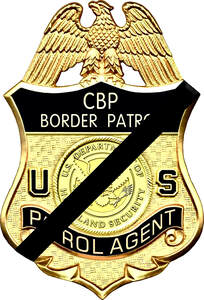 U.S. Border Patrol Badge with a Mourning Band U.S. Border Patrol Badge with a Mourning Band As of December 7, 2022, the U.S. Border Patrol has suffered 153* fallen. Titles:
The names that appear below hold a place of honor. They have made the ultimate sacrifice in an effort to fulfill the oath each officer took to protect and defend the United States of America. The facts regarding each officer are presented without major editing of the "language of the day" found in the reports detailing the circumstances of each event. This is done to provide the reader an association with historical timeframes. Employees who died in the line of duty due to being exposed to deadly illnesses will not have the cause of death listed. I will note that Border Patrol Agent John Charles Gigax is not recognized as officially fallen by Customs and Border Protection or the U.S. Border Patrol. The Border Patrol Foundation and the Border Patrol Museum also fail to recognize him. He is remembered by all except organizations containing "Border Patrol" in their title. He is remembered by the:
The U.S. Border Patrol, the Border Patrol Foundation, and the Border Patrol Museum should fix their oversight. HonorFirst.com remembers and lists Agent Gigax among the fallen. 1928 Norman G. Ross Date of Birth: May 15, 1901 Entered on Duty: February 23, 1926 Title: Patrol Inspector End of Watch: February 10, 1928 Details: Patrol Inspector Norman G. Ross was shot and killed near Kane Springs, California, on the afternoon of February 10, 1928. He had arrested two Mexican aliens and was attempting to convey them to Patrol Headquarters at El Centro. The aliens, in whose car they were being transported, had a revolver concealed in the automobile, which one of the aliens used to kill Inspector Ross. His body was found on the back seat of the aliens' abandoned car. He had been shot through the head. Survivor benefits - As per this document, his wife received $67.50 per month for her and one child. Gravesite Honor First Pages |
Clifford GillBlog author, retired U.S. Border Patrol Assistant Chief and, current U.S. Border Patrol employee advocate. Ray HarrisSite founder and owner, former Supervisory Border Patrol Agent and retired Immigration Special Agent. Joseph BancoU.S. Border Patrol historian and retired Deputy Chief Patrol Agent. Archives
July 2024
I prefer that you leave comments. However, if you wish to contact me, please do so by emailing [email protected].
|
- Home
-
For USBP Applicants
-
USBP Pages and Links
- Firearms Qualification Course
- Military Time Buy Back
- Station MWRs
- Transitioning Out of the USBP
- Fast & Furious
- U.S. Border Patrol Fallen >
- Honor First and Esprit de Corps
- USBP Photo Galleries
- U.S. Border Patrol History >
- U.S. Border Patrol Honorary Awards
- Upholding Honor First >
- U.S. Border Patrol Authorized Devices
- Border Patrol Stories
- What's Important Now - Academy Podcast
- Badges
- Veterans
- Tips for the Media
- Links
- Acronyms
- Border Patrol Locations
- Sector/Station FaceBook Pages
- Ten Codes
- Online Forums
- Search
- Home
-
For USBP Applicants
-
USBP Pages and Links
- Firearms Qualification Course
- Military Time Buy Back
- Station MWRs
- Transitioning Out of the USBP
- Fast & Furious
- U.S. Border Patrol Fallen >
- Honor First and Esprit de Corps
- USBP Photo Galleries
- U.S. Border Patrol History >
- U.S. Border Patrol Honorary Awards
- Upholding Honor First >
- U.S. Border Patrol Authorized Devices
- Border Patrol Stories
- What's Important Now - Academy Podcast
- Badges
- Veterans
- Tips for the Media
- Links
- Acronyms
- Border Patrol Locations
- Sector/Station FaceBook Pages
- Ten Codes
- Online Forums
- Search
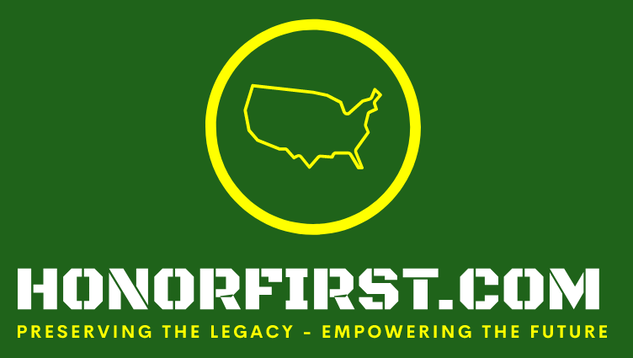

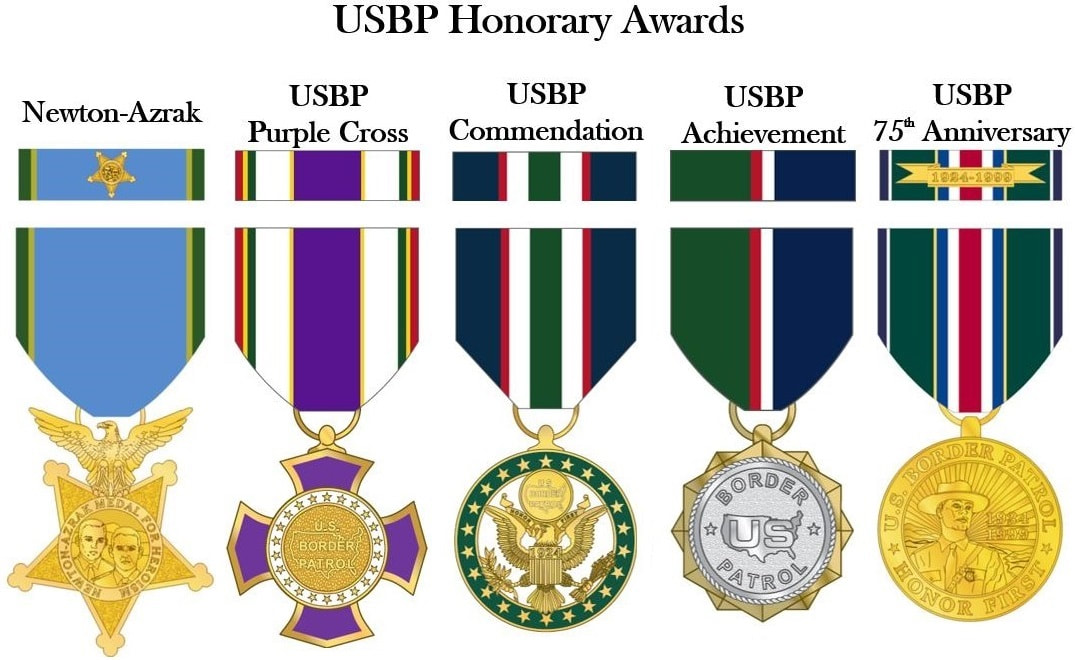
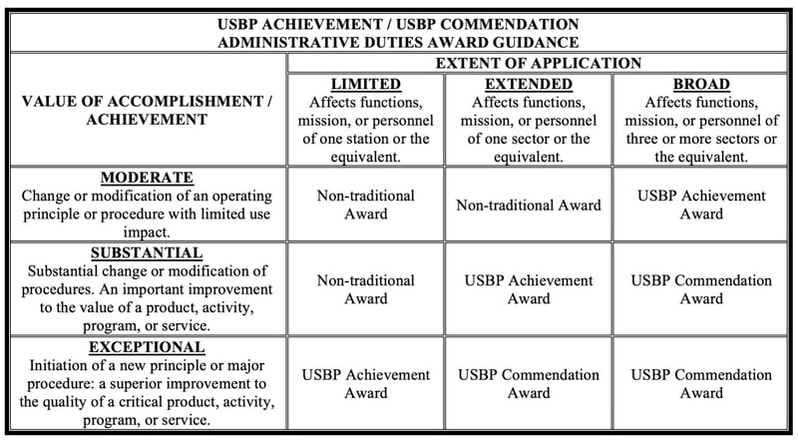

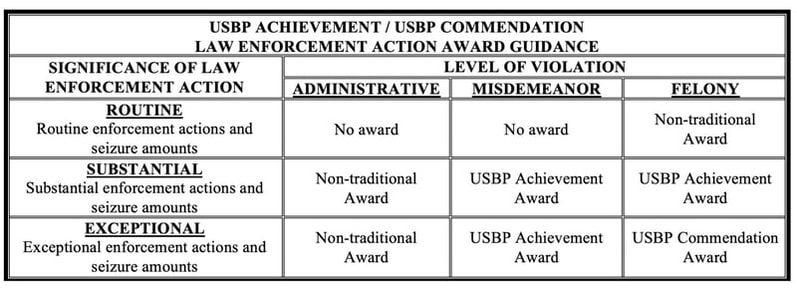

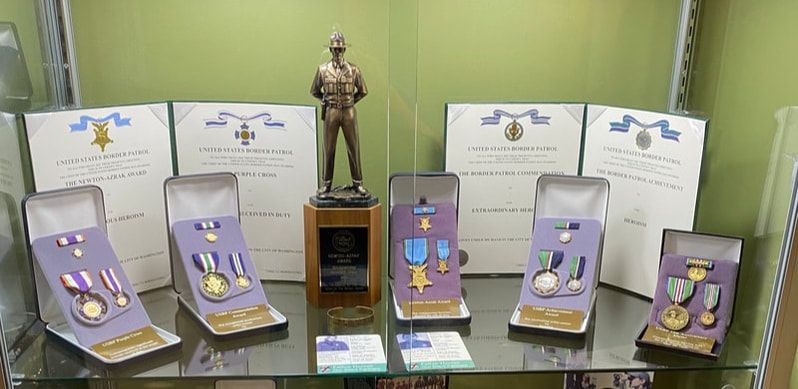
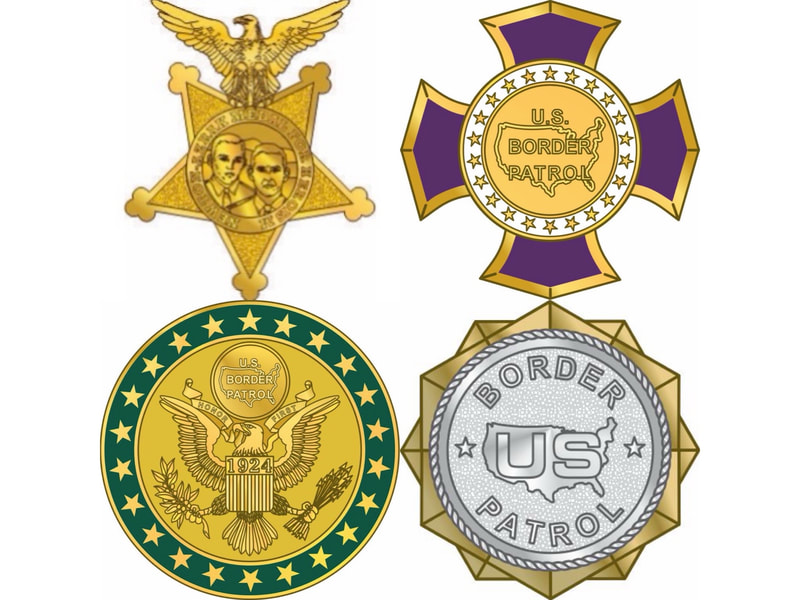

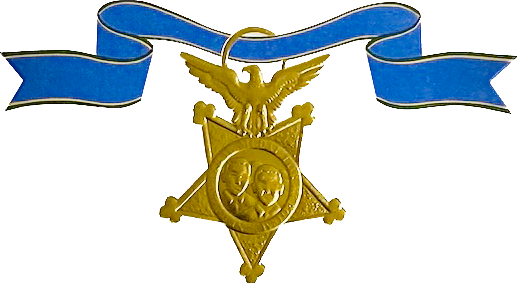
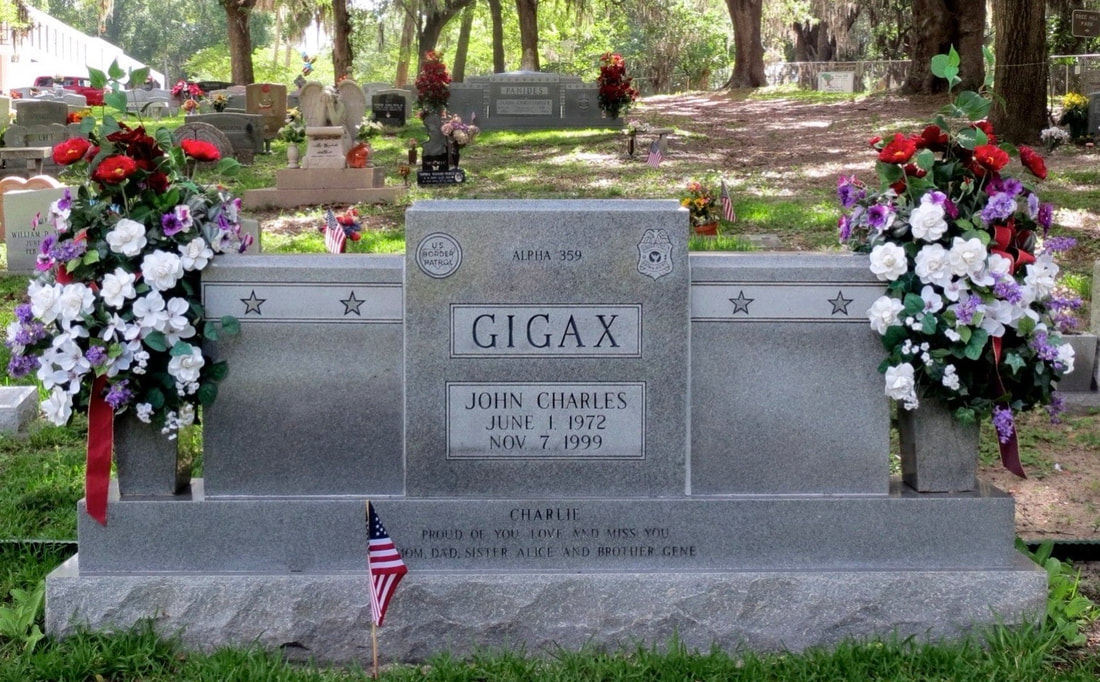
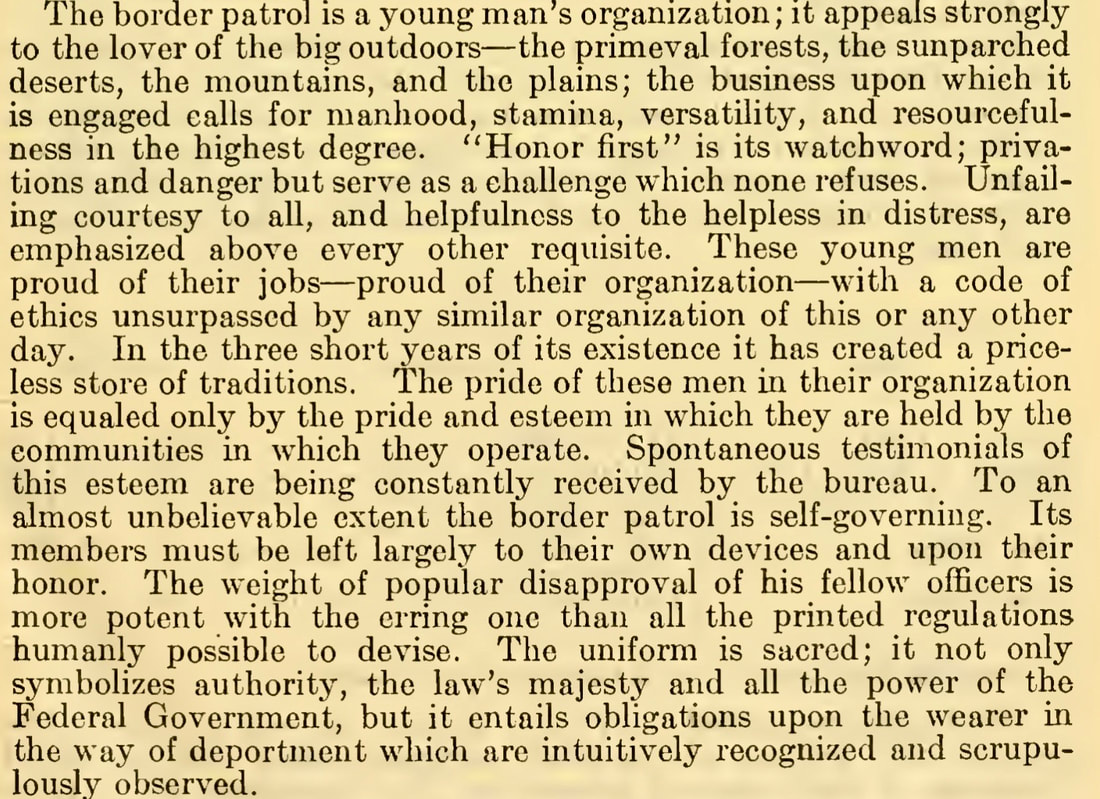
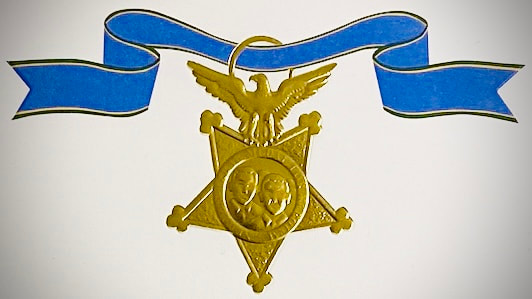
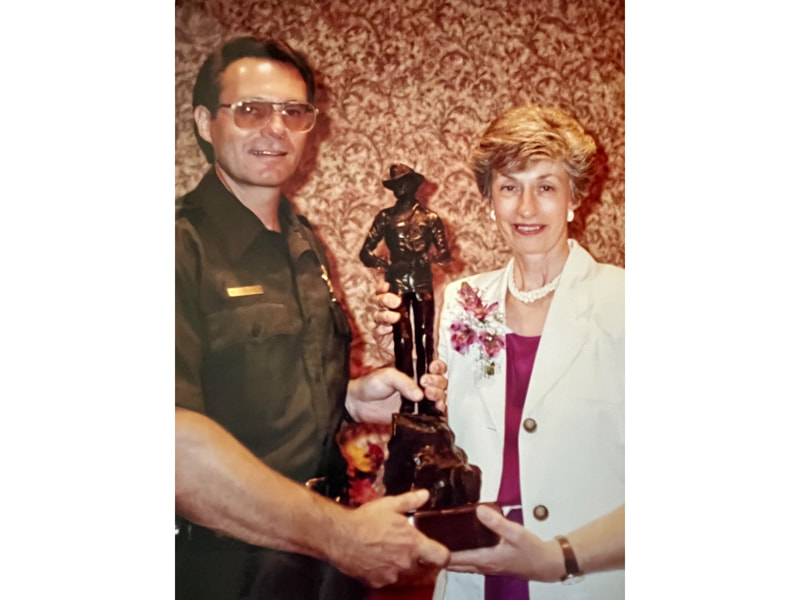
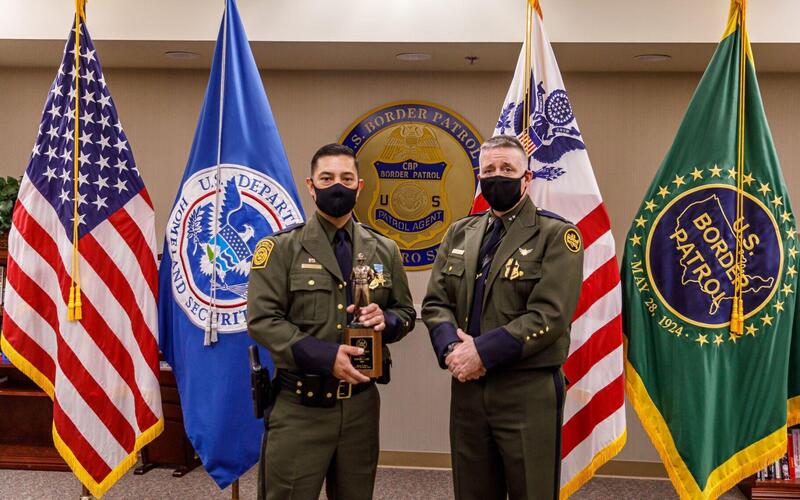
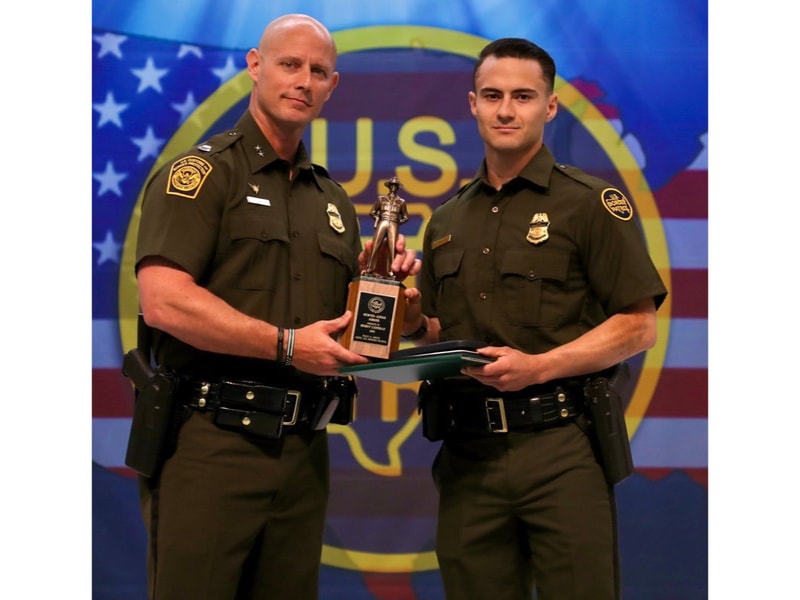
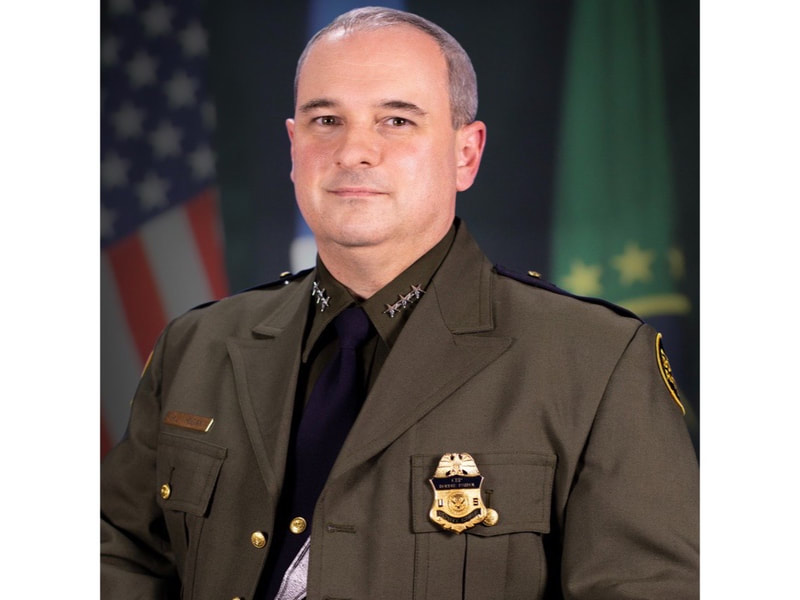
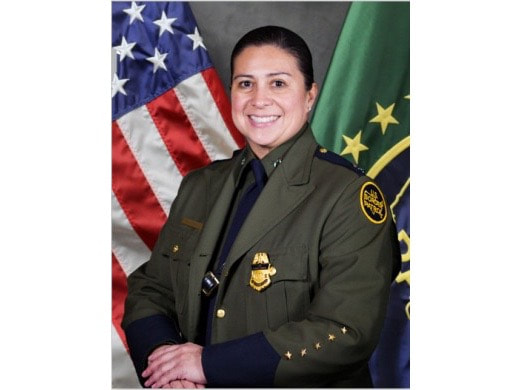

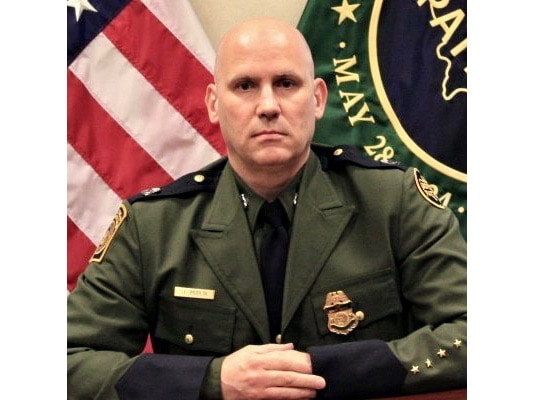
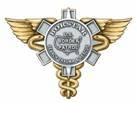
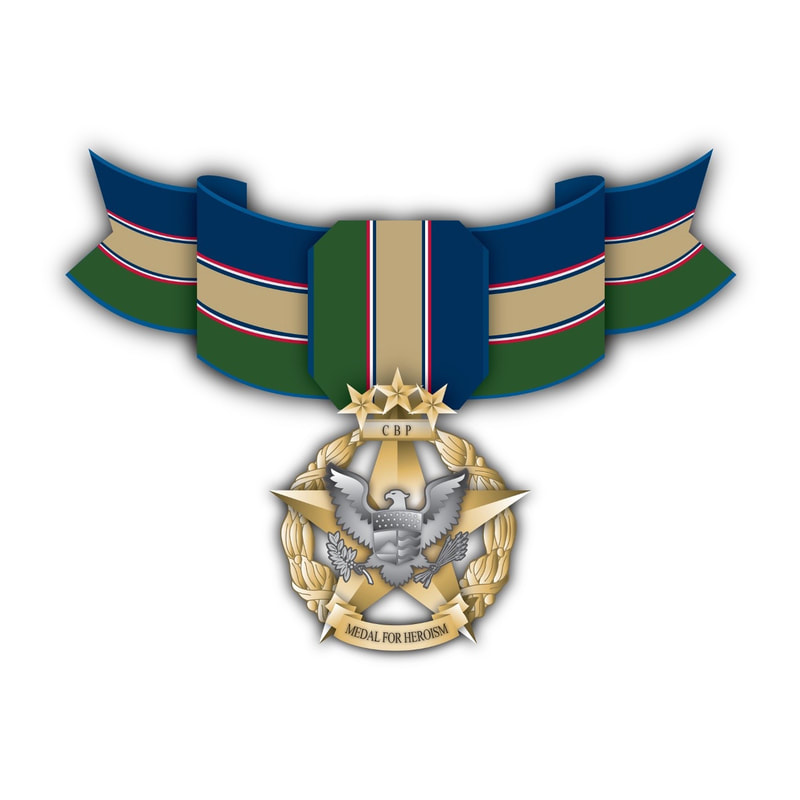
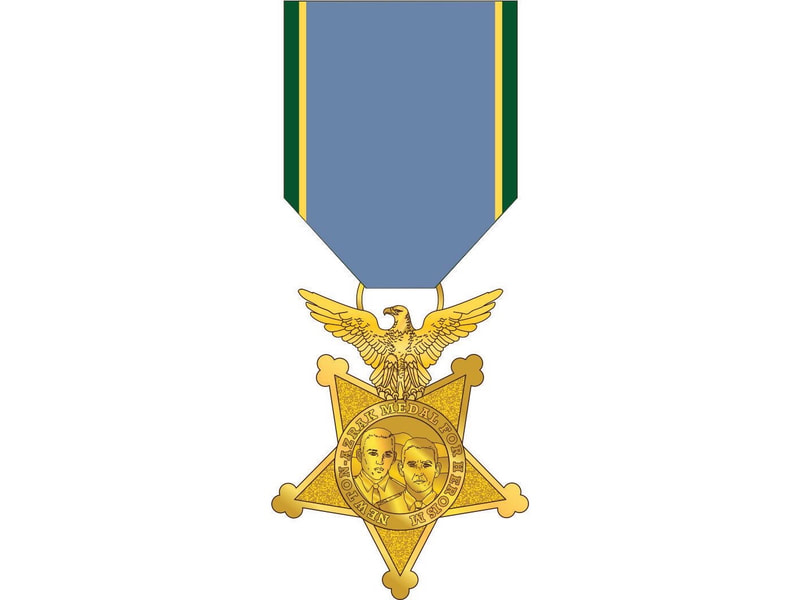
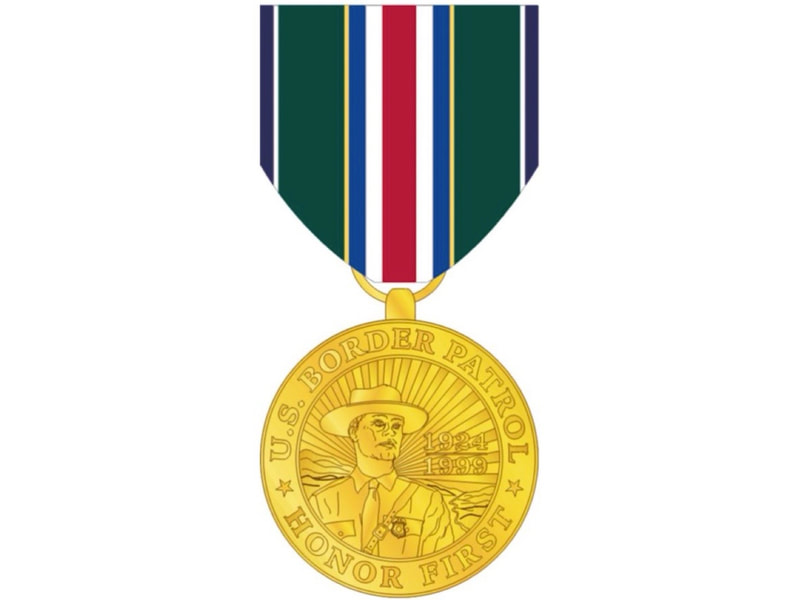
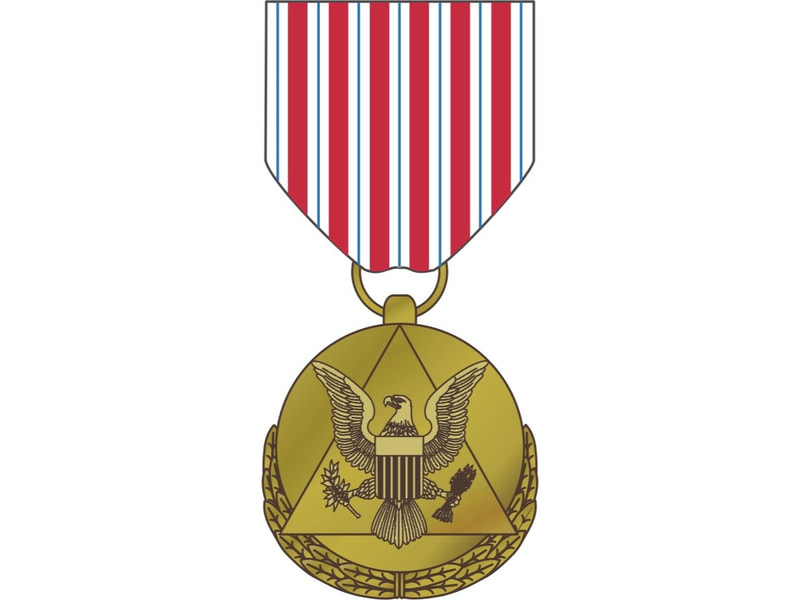
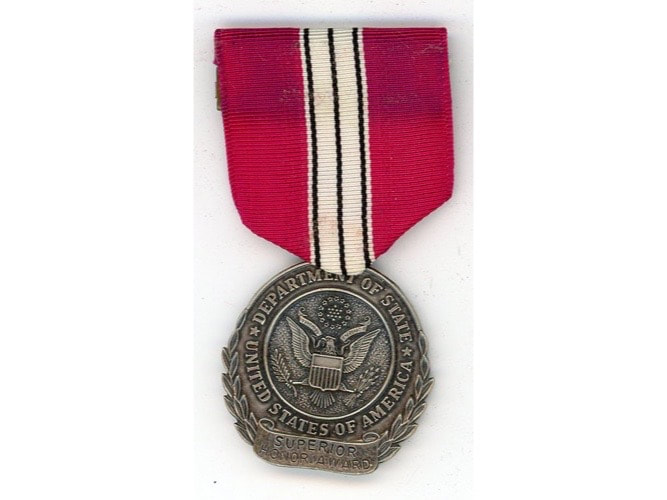

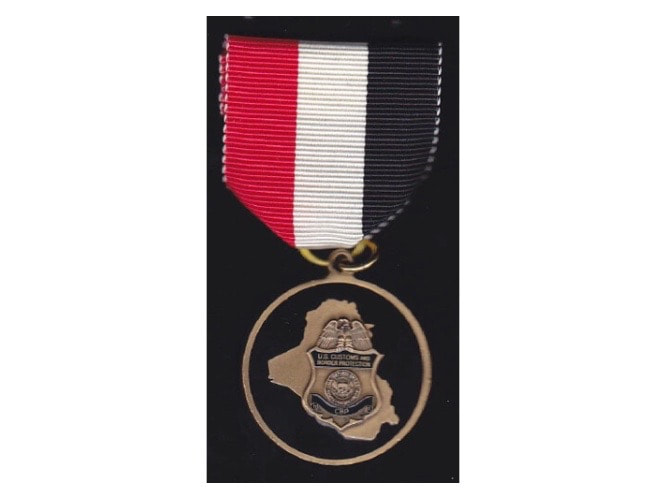
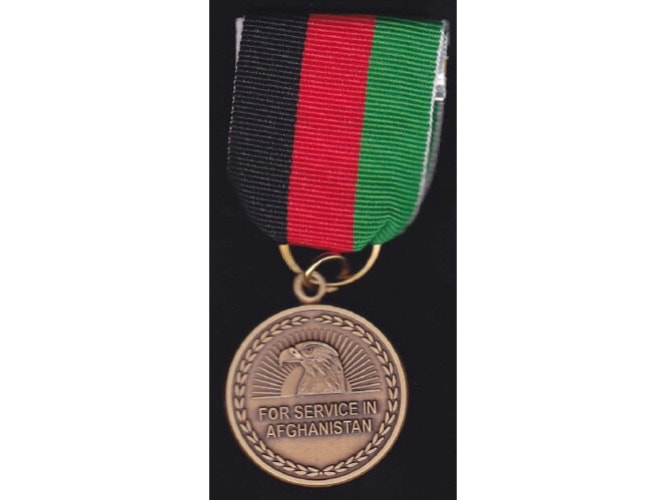
 RSS Feed
RSS Feed
